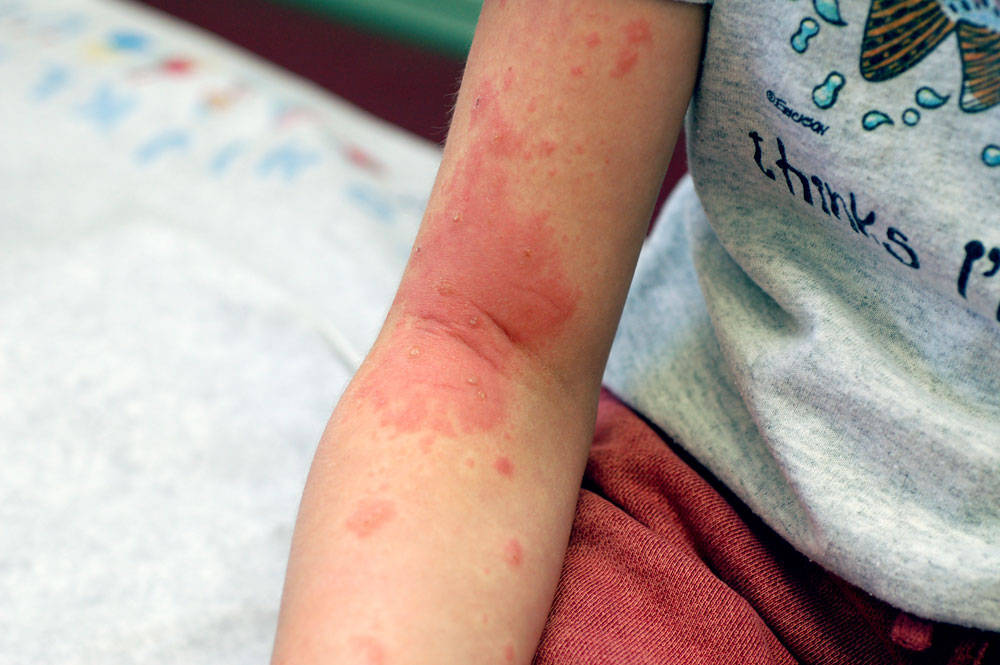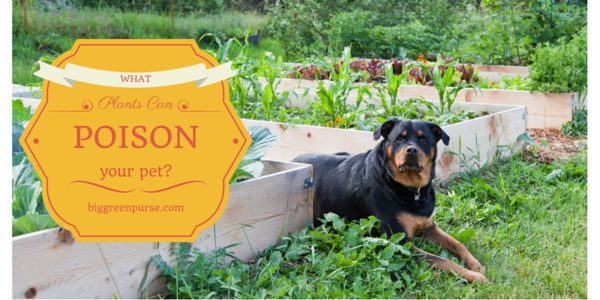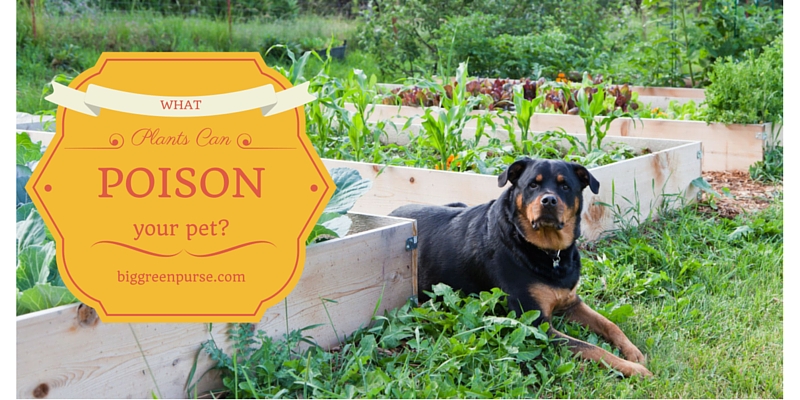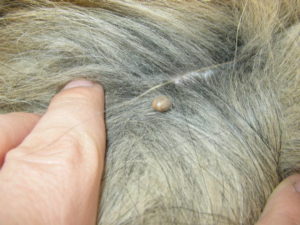As green and glorious as your yard may be, it could also be packed with hidden hazards for your pet. In fact, it could be packed with hazards precisely because it’s green and glorious, as hundreds of plants are potentially poisonous to dogs and cats.
We’ve teamed up with PetInsuranceU.com to bring you this list of outdoor plants that could make your cat or dog ill if they munch or brush up against them. We’ve also listed other hazards to keep out of reach of your pet. Many of those you wouldn’t want to be around yourself!
Plants
From azaleas and aloe to wisteria, the ASPCA lists more than 400 plants that are potentially toxic to dogs and cats. Poisonings from plants most frequently involve cats and indoor houseplants, but the plants listed below can also cause pets to vomit, suffer diarrhea, pant excessively, drool, and have difficulty swallowing (symptom will vary depending on the plant).

American Mandrake, also known as Mayapple
American Holly, also known as English Holly or Winterberry
Azaleas and Rhododendrons
Begonia
Black Walnut
Burning Bush
Scented Geranium
Vinca
Iris
Sweet Potato Vine
Wisteria
WHAT YOU CAN DO: Dogs usually don’t eat plants unless there’s something else on the plant that smells good to them, like feces, dead animals, or some kind of food that’s been tossed onto the plants rather than thrown away. Keep an eye on your dog when it’s in your yard, and keep a close watch when walking your dog so it doesn’t nibble on the vegetation along the way.
Cats might nibble on grass when they’re out if they’ve got an upset stomach or just need to clean their guts. The grass or vegetation will make them throw up.
The ASPCA maintains a 24-hour emergency animal poison hotline. The number is 1-888-426-4435.
Poisons
Insecticides, weed killers, plant food, soil additives and fertilizers can be hazardous to pets, especially if they contain iron, feather meal, blood meal or bone meal.
Dogs are particularly at risk since the meal can be rather tasty, but ingesting large amounts can consolidate in the stomach, block the gastrointestinal tract, and lead to pancreatitis.
Iron can be toxic, too, as can even small amounts of a substance found in plant-care products known as organophosphates.
WHAT YOU CAN DO: Garden organically without the use of toxic chemicals. Keep all soil amendments, fertilizers, and plant food on a shelf or in a cabinet so pets can’t get into them. When you apply plant food or any other amendments to your plants, keep your pets indoors and away from the treated yard.

This nasty plant deserves its own mention – not because it makes a pet sick, but because you can get poison ivy from your pet. The oils in the ivy leaves can get onto your pet’s fur, and you’d have no way of knowing. Then, you could pet your animal and voila! Poison ivy everywhere.
WHAT YOU CAN DO: Chop or dig out poison ivy as soon as you spot it in your yard. Make sure to wear gloves, long sleeves, pants, and boots. Dig the ivy out to the roots, and toss it in the trash (but bagged, so the trash people don’t touch it). Definitely do not put it in your compost pile.
Mulch
Mulch may contain cocoa bean shells or husks, by-products of chocolate production. The hulls may also contain caffeine and theobromine, the two poisons that make chocolate highly toxic to dogs and cats.
WHAT YOU CAN DO: Use shredded pine bark, shredded hardwood, or leaf mulch rather than cocoa bean shells or husks. Spread the word in your neighborhood so that your dog doesn’t accidentally come across cocoa bean mulch on a walk.
Compost
Compost contains decomposing matter, which can prompt the growth of molds that contain tremorgenic mycotoxins. If ingested, the toxins can rapidly make a pet sick, resulting in panting, drooling, tremors, seizures, vomiting and agitation.
WHAT YOU CAN DO: Most dogs love to roll around in mulch because they love the smell. Keep dogs away from mulch piles or freshly mulched garden beds until the smell dies down, which it will eventually.
Pests
Fleas can torment your pet with all their biting. Ticks (seen right, in dog fur) can spread Lyme disease to your animal.
Other yard pests can range from foxes to rattlesnakes to raccoons, and skunks to bats and rats.
WHAT YOU CAN DO: Apply chemical flea and tick prevention medication with utmost care, following all directions and ensuring the dose is designed for your specific animal and size. Keep on the lookout for animals like foxes and rats that might actually prey on your pet. Every spring a mother fox or two dens in our suburban neighborhood, and once she gives birth, she goes on the prowl for food. We all keep our cats and dogs under watch and definitely inside from dusk until dawn, when the foxes are most likely to be hunting.

NOTE: Sponsors like PetInsuranceU.com enable us to bring you expert content at no cost to you. Our editorial opinions remain our own. Thanks!
SOURCES:
ASPCA
NOLA.com
Pet Poison Helpline
Humane Society Flea & Tick Care



















